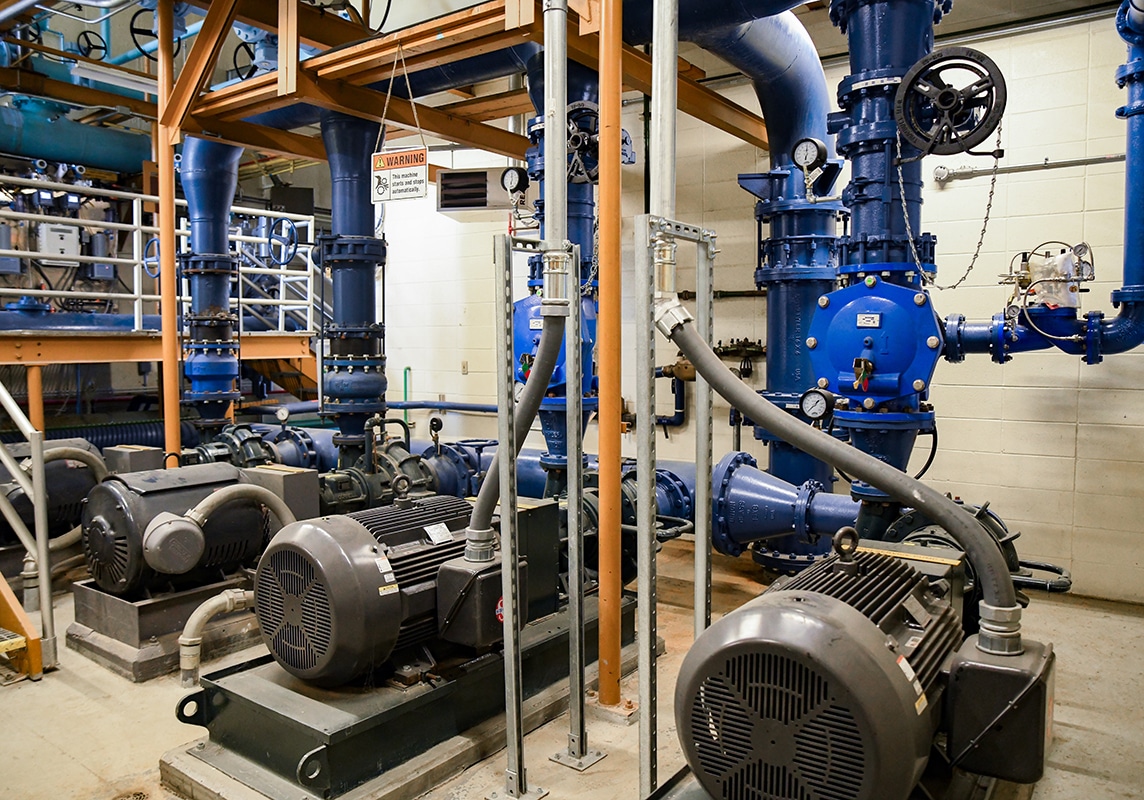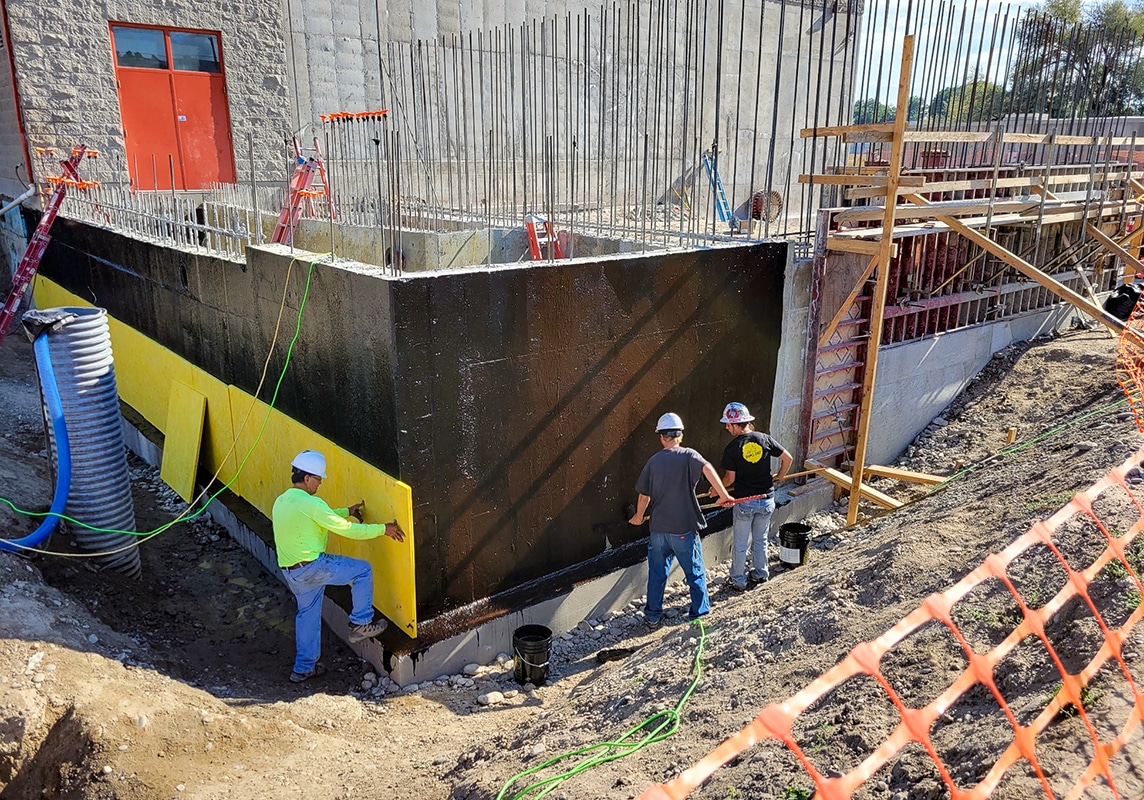
Lockwood Water Treatment Plant Upgrade
Safe, Clean, Reliable Water
In response to the rising water needs of its expanding population, the Lockwood Water and Sewer District engaged Morrison-Maierle to plan and design a major enhancement of its water treatment plant. Lockwood is a bedroom community near Billings experiencing rapid growth thanks to its more affordable housing options and a smaller-sized high school. Lockwood attracts many families who are increasingly priced out of Montana communities.
A crucial aspect of this project involved significantly increasing the plant’s capacity—sometimes doubling or tripling various treatment processes, including adding two clarifiers and filter trains (the most critical treatment processes), increasing the total number from two to four.
The plant’s operational capacity, or firm capacity, is calculated assuming the largest unit is out of service or down for maintenance. Therefore, when measured by firm capacity, LWSD previously only technically had one treatment train available to produce water. Now, with four treatment trains in place, the district has three working treatment trains even when one is out of service, increasing water reliability and reducing risk for the LWSD. This increased capacity means operators can easily take a treatment train offline if maintenance is needed, even during peak summer demands, which previously wouldn’t have been possible.
Services
-
Bidding assistance
-
Construction administration and observation
-
Design
-
Funding assistance
-
Permitting
-
Planning
-
Start-up and commissioning assistance
-
Survey


Ultraviolet (UV) Disinfection
The project also introduced an advanced treatment process: ultraviolet (UV) disinfection, in addition to the existing chlorine disinfection system. The UV reactors inactivate specific microbial contaminants more resistant to chlorine, which can cause illnesses. With UV disinfection, LWSD complies with the most recent surface water treatment rules promulgated by EPA (the Long Term 2 Enhanced Surface Water Treatment Rule, or LT2). With the new UV reactors in place, in addition to the continued use of chlorine, LWSD is providing additional assurance to the community that the drinking water is high quality.
Site Constraints and Construction Sequencing
As the community’s only water source, the water treatment plant must stay operational throughout construction. We developed a detailed construction sequencing plan and restrictions to phase construction in a way that would least interfere with plant operators while keeping contractor costs low enough to fit our client’s budget. (With too many restrictions, contractor costs tend to rise.)
The design included a detailed sequencing plan to ensure plant operations could continue uninterrupted during a major construction project. Our goal was to create a schedule that allowed the district to maintain successful plant operations and continue to deliver high-quality drinking water to the community while giving the contractors the flexibility they needed to perform the work. Labor shortages and supply chain disruptions following the COVID-19 pandemic compounded this challenge.
Although the site was initially designed for expansion in 1988, modern structural code changes required an additional vertical concrete wall. We also had to design components that would work with the 30+ year-old systems in the original building.
Advocating for our client and providing stability and consistency with an experienced onsite Resident Project Representative (RPR) during multiple contractor superintendent transitions was a significant part of this project. Without the RPR’s extensive experience with the client and project, it would have been more challenging to keep things moving forward.
We’ll continue to use several methods and techniques from this project to benefit future projects and clients. In particular, the complex construction sequencing plan developed in the design phase allowed us to balance construction costs while allowing operators to maintain successful plant operations during the three-year construction project.


Reducing Project Costs
To fund the project while keeping rates affordable for LWSD customers, the district sought grants from the American Rescue Plan Act, the Infrastructure Investment and Jobs Act, and the Montana Department of Natural Resources. LWSD received these grants, as well as unexpected funding from the Army Corps of Engineers and loan forgiveness from the State Revolving Loan Program.
To further reduce costs for LWSD’s user base, we also helped negotiate the cost of the clarifier treatment equipment needed to match the original system. Due to the proprietary design, only one manufacturer can produce the needed equipment, escalating costs in a typical construction bidding environment.
Through negotiations early in the design process and prior funding agency approval, we worked with the manufacturer to establish a fair price for the equipment and incorporated the agreed-upon price into the total contractor bid amount. This ensured the expanded plant would include similar, reliable clarifier equipment and controlled the cost of a significant project component.
With the Lockwood District Water Treatment Plant upgrade project in place, the LWSD can now meet the demands of a growing community that needs more affordable housing and economic opportunities such as commercial and industrial developments.
Learn more about our water treatment work.